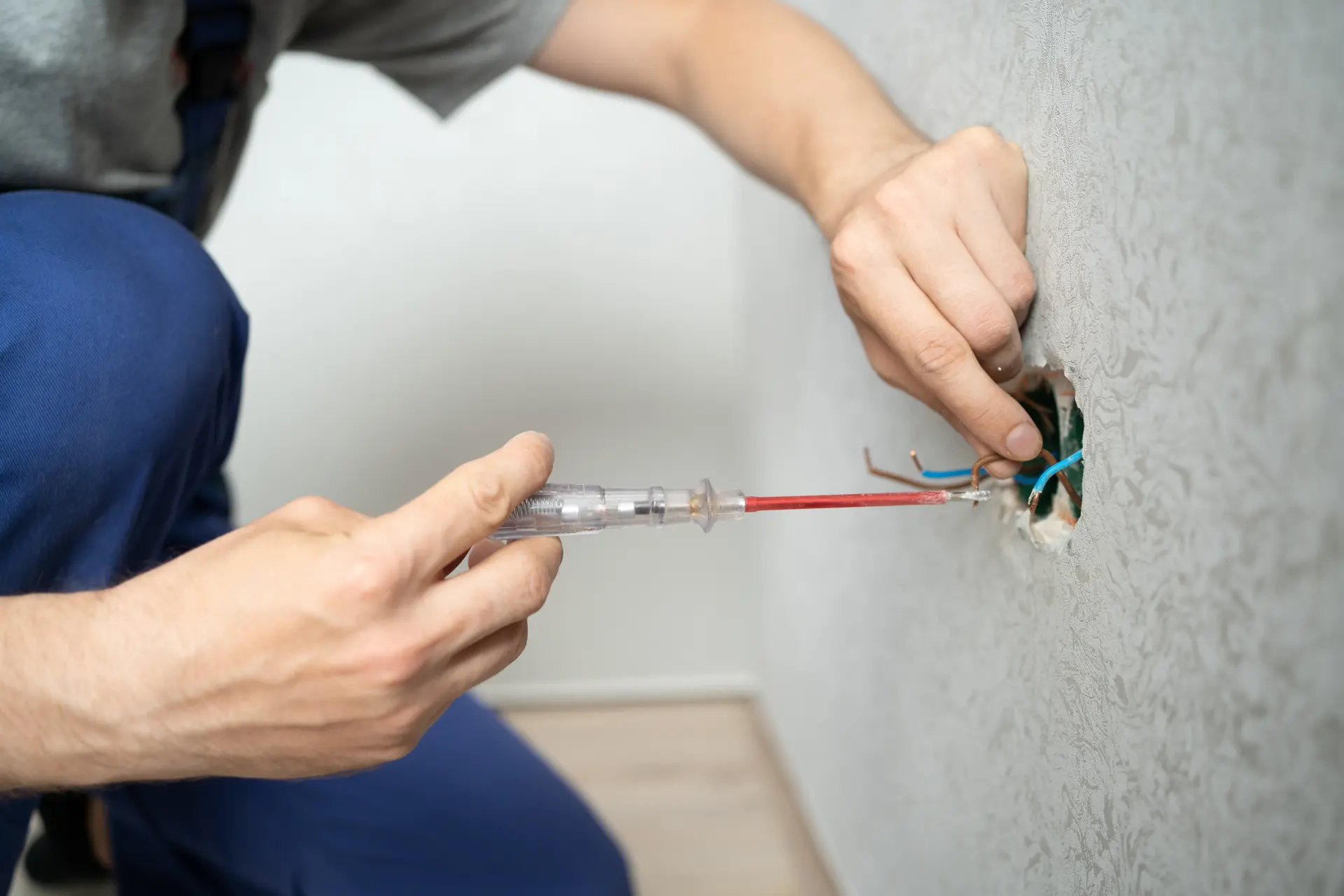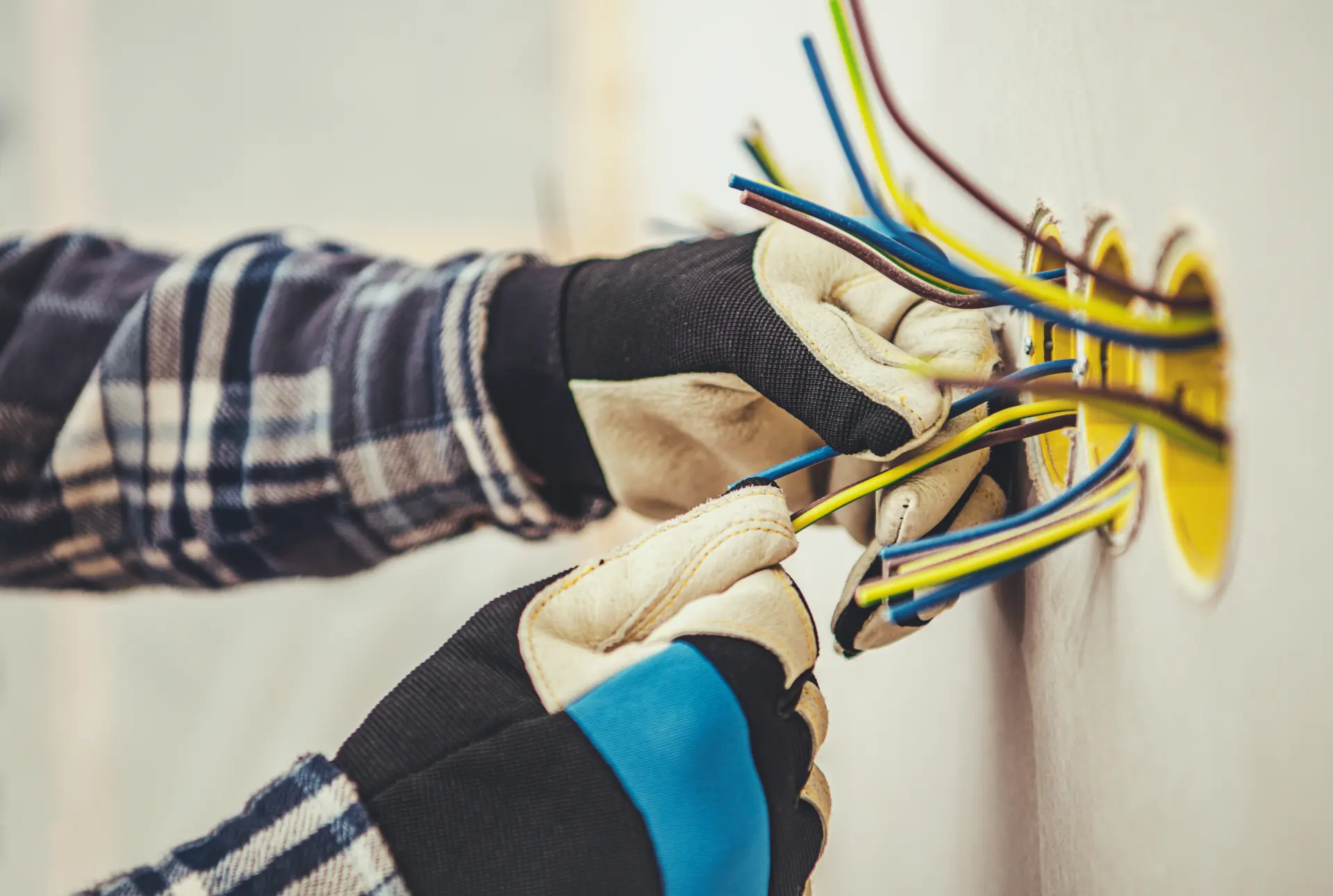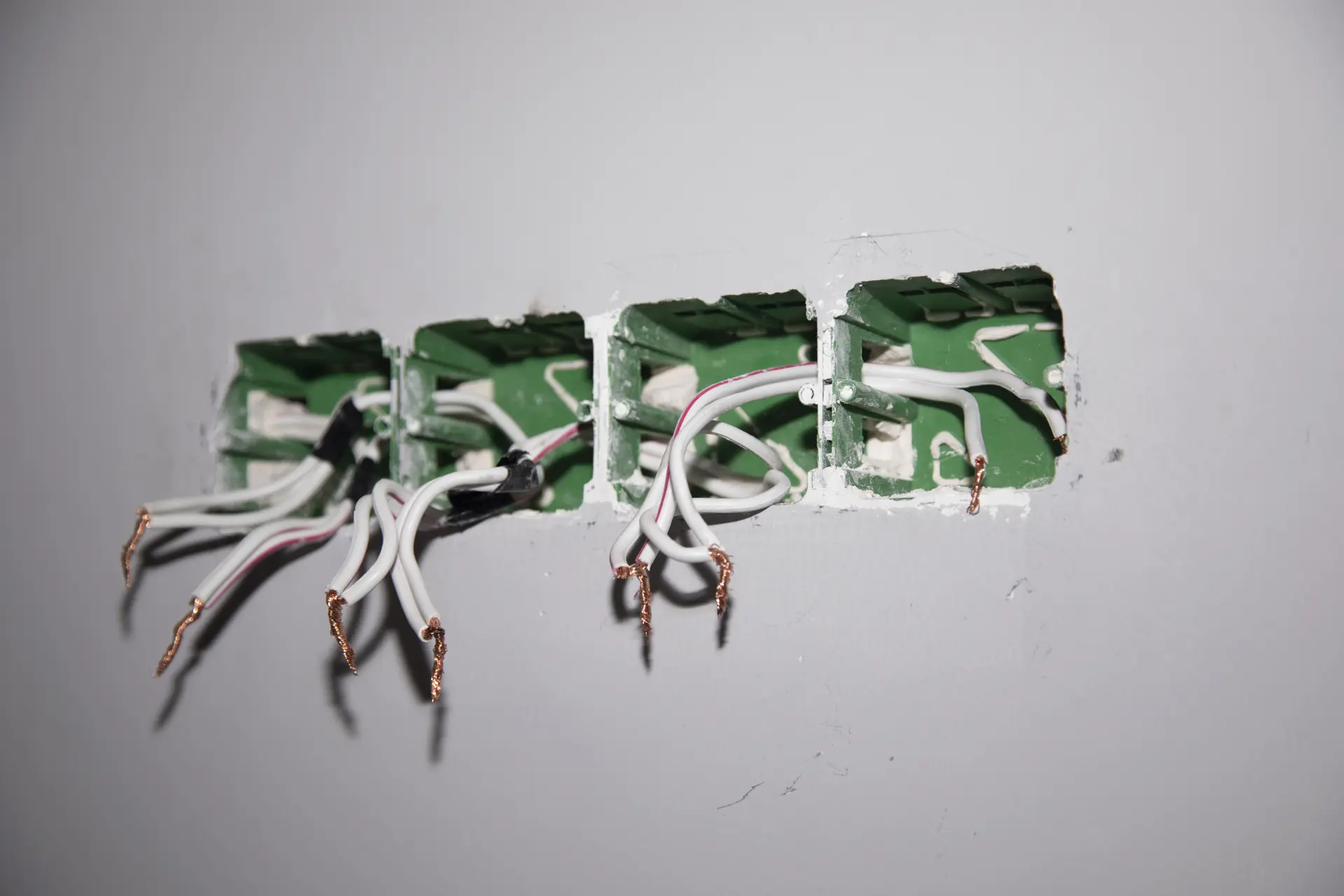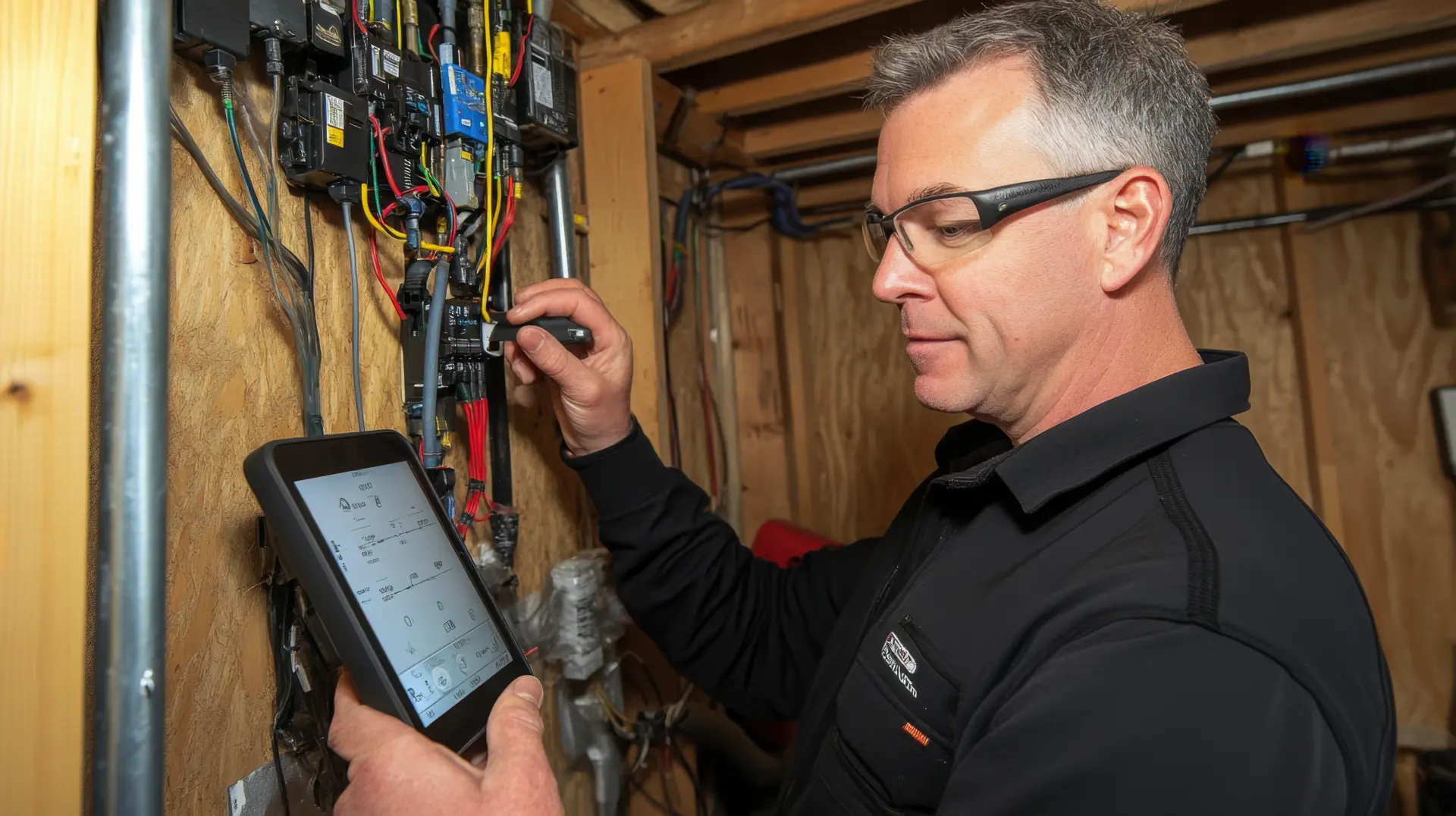Flickering or Dimming Lights
Flickering or dimming lights are common signs that you need an electrical safety check since they indicate that there are underlying issues within your electrical system. While occasional flickering can simply be due to a loose bulb or minor voltage fluctuations, consistent or widespread occurrences often point to more serious problems that require professional attention.
Flickering lights are often a sign that something isn’t quite right with your electrical system. One common cause is a corroded or loose connection in the circuit, which interrupts the flow of electricity and causes your lights to behave unpredictably. Another possible reason is that the circuit is simply overloaded. If you’re using several high-powered appliances at once, it can put too much strain on the system, causing the voltage to drop and the lights to flicker or dim.
If you notice that your lights flicker when it’s windy outside, there might be an issue with the external wiring or the service connection between your home and the power supply.
Burning Smells or Scorch Marks
If you notice a burning smell when you switch on a light or use an appliance, it could be a sign that the wires are getting too hot or that electricity is jumping between gaps (also known as arcing). If this issue is left unchecked, the excessive heat can melt the plastic fittings, damage the surrounding materials and ignite fires. Burning smells are often a sign that the system is drawing more current than it can safely handle or that there's a hidden fault within the wiring.
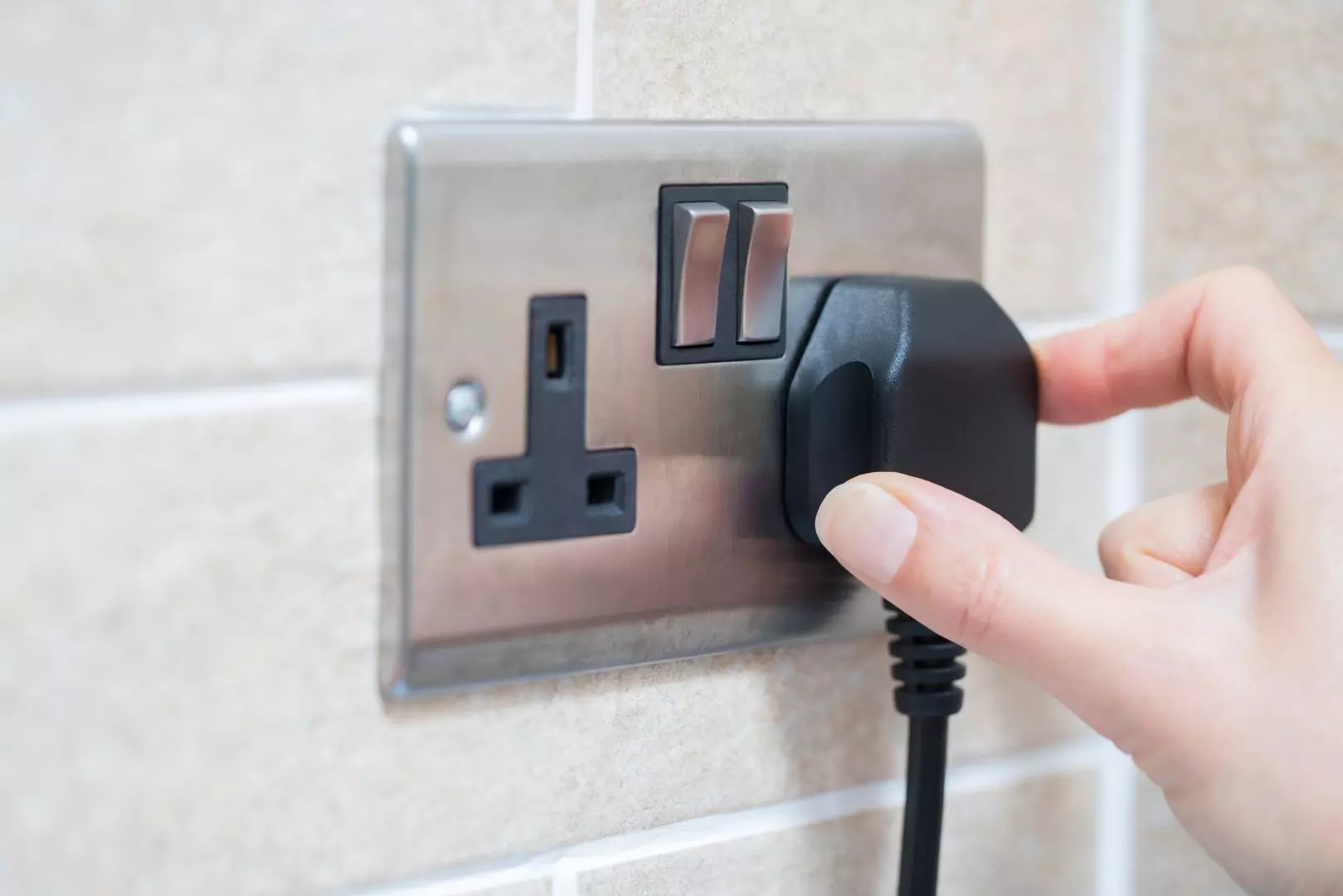
Scorch marks or discolouration around the plug sockets, switches, or light fittings are another strong indicator that there are electrical problems. These marks can be the result of overheating or small electrical fires occurring within the fitting. These marks can also be accompanied by a buzzing sound, warm surfaces, or outlets that no longer work, which further suggests that there's an issue within the circuit.
An Electrical Installation Condition Report (EICR) can be used to identify the source of the problem and assess the overall safety of your electrical system. An electrician will inspect the wiring, test the circuits, and check for signs of wear or tear.
Frequent Tripping of Circuit Breakers
If your circuit breakers keep tripping, it’s usually a sign that something isn’t quite right with your electrical system. Circuit breakers are there to keep you safe and they automatically shut off the power if they sense issues like overloaded circuits or a ground fault. While an occasional trip can be normal, such as when too many appliances are used at once, frequent or repeated tripping is a sign that something isn’t functioning as it should.
One of the most common reasons for tripping is the circuit being overloaded. This happens when too many devices or high-powered appliances use more electricity than the circuit can handle. For example, running a kettle, microwave, and toaster on the same circuit can exceed its limit and cause it to trip.
Breaker trips can also occur when a live wire touches a neutral wire (also known as a short circuit). This causes a sudden spike in the electrical current, which can lead to the circuit overheating and tripping. Ground faults are another potential reason for your circuit breakers tripping. Ground faults occur when electricity strays from its intended path and passes through a wet or damp surface. When this happens, the breaker cuts off the power to prevent electric shocks or damage to the system.
Buzzing Sounds from Sockets or Switches
While electrical systems are generally silent, any humming, crackling, or buzzing sounds can indicate that there's an underlying issue with the system. One of the most common causes of buzzing sounds is a loose connection within the socket or switch. When the wiring isn’t properly secured, electricity can arc or jump between gaps, which makes a buzzing noise. This arcing can generate heat and potentially lead to fires if it's left unaddressed. It’s crucial to take immediate action if the buzzing becomes louder when a device is plugged in or when a switch is turned on.
Buzzing sounds can also indicate that there are worn-out or damaged components inside the switch or socket. Over time, the contact points or terminals can degrade due to repeated use, ageing, or exposure to moisture and humidity. This wear and tear can cause loose connections or higher electrical resistance, which can cause the components to heat up and create a buzzing or humming sound.
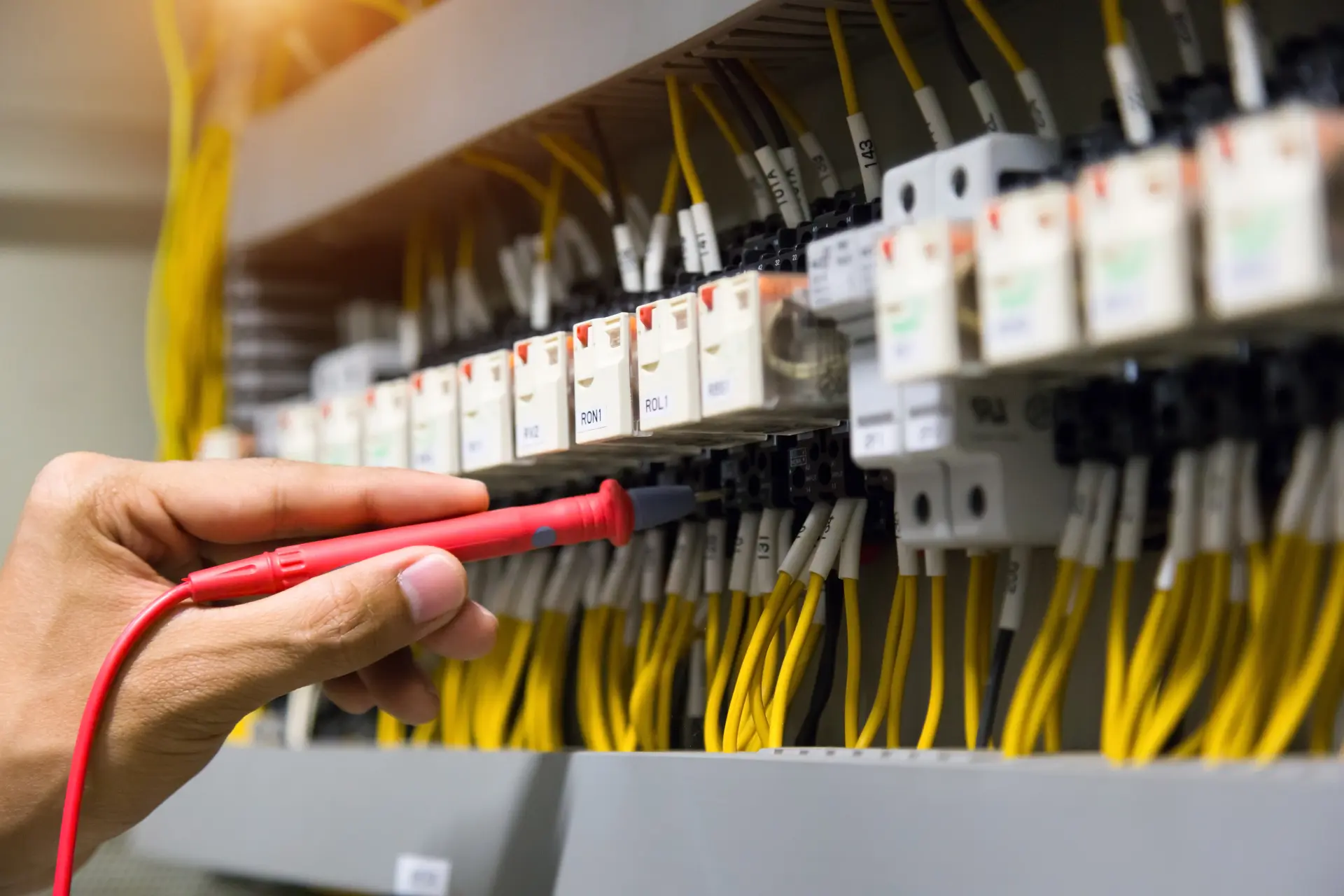
Another possible reason for buzzing sounds is an overloaded circuit. This happens when multiple high-powered appliances, such as kettles, microwaves, or heaters, are used on the same circuit. This overload puts excess stress on the wiring, causing it to make buzzing or humming noises.
If you hear any unusual noises from your electrical fixtures, it’s essential to arrange a professional electrical safety check as soon as possible. Buzzing or humming sounds from your sockets or switches aren't normal, and they are often signs of loose wiring, faulty components, or overloaded circuits.
We provide electrical inspection services to ensure your property is safe, compliant, and up-to-date with current regulations. Our qualified electricians carry out thorough checks, including EICRs, to identify potential hazards and ensure your electrical systems function safely and reliably.
